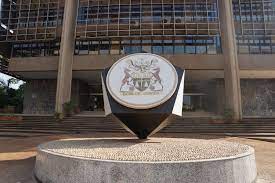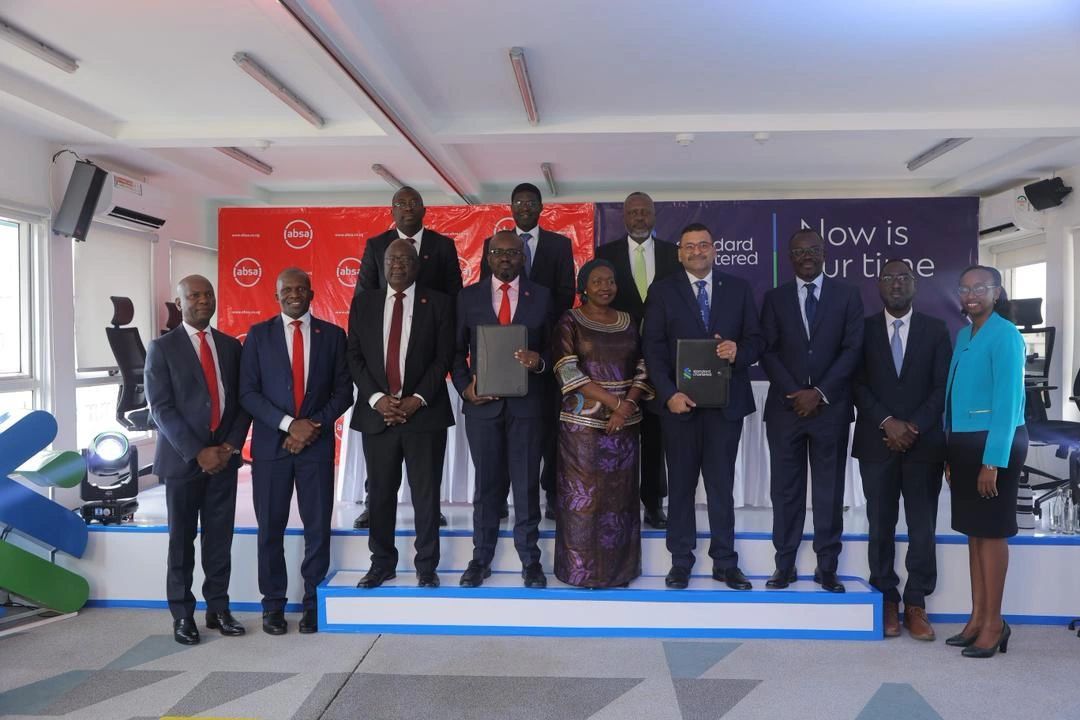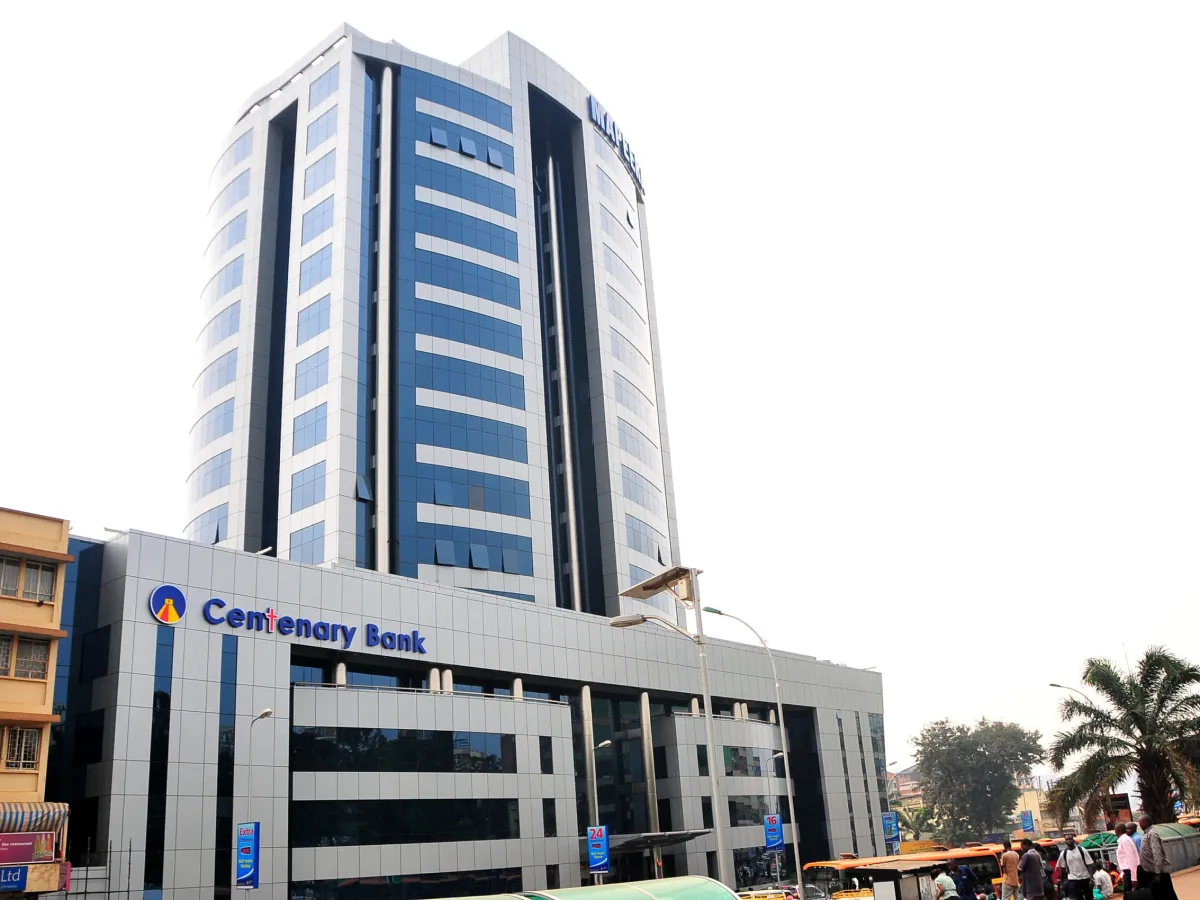In a special meeting held on March 6, 2024, the Monetary Policy Committee (MPC) took a significant step by increasing the Central Bank Rate (CBR) to 10%. The decision was driven by a series of economic challenges outlined in the monetary policy statement of February 2024.
The risks mentioned in the statement released by the Bank of Uganda and signed off by Michael Atingi-Ego Deputy Governor include the depreciation of the shilling exchange rate, which prompted the need for a tightened monetary policy.
Recent inflation figures for February 2024 indicated a rise in both headline and core inflation to 3.4% from 2.8% and 2.4% in January 2024, respectively. The primary contributors to this increase were services and Energy Fuel and Utilities (EFU). Coupled with the shilling’s depreciation, there is a concern that this could lead to a more widespread price surge if not addressed.
The depreciation of the exchange rate since November 2023, particularly sharp in February 2024, was influenced by various factors, including the outflow of offshore investor funds seeking better yields in other markets, robust domestic demand acting as a hedge against further depreciation, and seasonal elements.
If the exchange rate continues to depreciate, there is a risk of inflation exceeding the medium-term target of 5% by the second half of 2024. While there are some downward pressures on inflation due to the diminishing effects of supply-side shocks, global inflation trends, and improved domestic food supply, these are likely to be outweighed by the impact of a weaker shilling.
The inflation trajectory in the coming months will depend on the outlook of the shilling and other goods inflation. The inflation forecasts have been adjusted upward in the short term (12-month horizon) due to the exchange rate depreciation. It is projected to surpass the medium-term target of 5% by the first quarter of FY 2024/25 and remain above 5% throughout 2025 unless there is a tightening of monetary policy.
The inflation outlook is contingent on global and domestic factors, including higher global commodity prices due to geopolitical tensions and increased shipping costs resulting from the Middle East conflict. The MPC identified these risks and uncertainties as predominantly on the upside.
Although economic growth for FY 2023/24 is expected to remain at 6%, projections for the outer years have been revised downward to a range of 5.5% to 6.5%, compared to the earlier estimate of 6.5% to 7.0%. This revision is largely attributed to the anticipated impact of tighter monetary policy needed to stabilize inflation.
The risks to growth include potential negative effects on household real incomes due to rising inflation, a possible reduction in consumer spending, and dampened investment expenditure from high raw material import costs. Additionally, tax revenue underperformance could increase domestic financing, crowding out private sector credit growth, and hindering economic activity. However, positive developments, such as the removal of Uganda from the Grey List by the Financial Action Task Force (FATF), could attract additional foreign direct investment (FDI) and mitigate some of the adverse effects.
Given the elevated risks to the inflation outlook, the MPC opted for a tighter monetary policy stance, resulting in a 50 basis points increase in the CBR to 10%. The bands on the CBR remain at +/-2 percentage points, and the margins on the CBR for rediscount and bank rates at 3 and 4 percentage points, respectively. Consequently, the rediscount and bank rates will rise to 13% and 14%, respectively. Future adjustments to the CBR will be based on the evolving economic landscape and the materialization of risks.
The decision to tighten monetary policy aligns with the objective of maintaining low and stable inflation, which is crucial for sustainable economic growth. High inflation rates can have detrimental effects on economic growth, leading to permanent reductions in per capita income. Therefore, the move is seen as a supportive measure for sustainable growth, laying the groundwork for socio-economic transformation.











